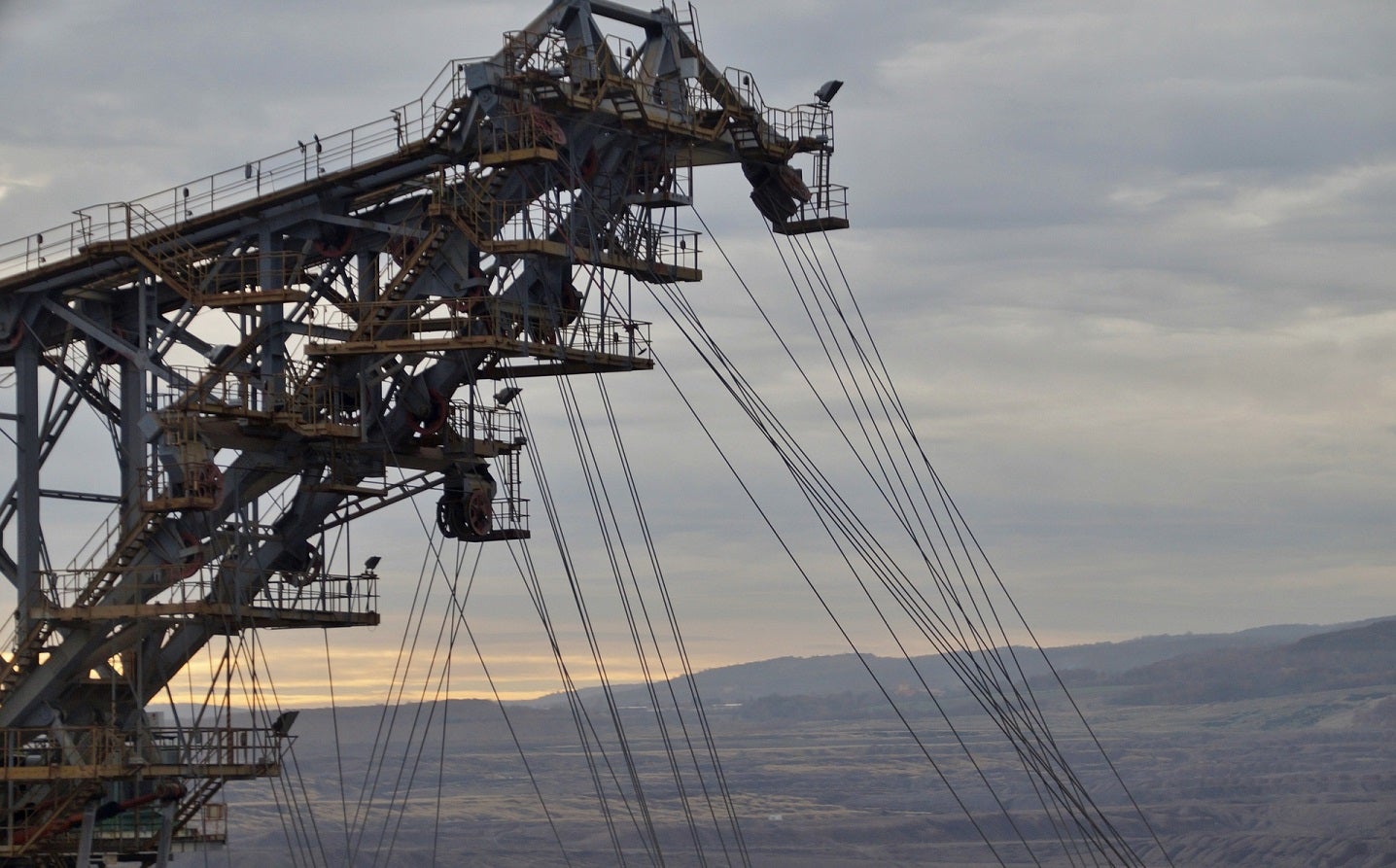The semiconductor industry has a reputation for highly technical and ultraefficient manufacturing, seemingly offering a blueprint for cutting-edge operations. This perception may fall short in one area, however. Despite providing the intelligence for the digital economy, semiconductor companies often lag behind other industries in automation and digital transformation, especially back-end activities, which involve cutting wafers into individual chips, testing processes, and packaging.
The lack of automation in back-end operations can have major consequences, since these activities often account for 20 to 25 percent of manufacturing costs. The consequences could become more severe as companies move to the next generation of advanced packaging, or if they relocate manufacturing closer to home, often in higher-cost countries, as many companies are now considering.
By increasing back-end automation, integrated device manufacturers (IDM) and outsourced assembly and test (OSAT) players can significantly increase throughput capability while reducing or eliminating the need for costly capital expenditure expansions in the longer term. Automation would also give companies more visibility into and control over supply chains, and cost efficiencies, leading to commensurate uplifts on the bottom line.
The current state of back-end operations
At present, just 30 percent of semiconductor companies deploy artificial intelligence or machine learning at scale (Exhibit 1). The reasons, industry leaders say, include a lack of capabilities, data security concerns, connectivity and technical issues, and sometimes unclear business cases.

Even semiconductor companies that have made progress in AI and machine learning (ML) still have many opportunities to capture additional value. Our research shows that AI/ML contributes between $5 billion and $8 billion to annual earnings, before interest and taxes, across the industry. While this is an impressive sum, it reflects only about 10 percent of AI/ML’s full potential. Moreover, the activities most likely to benefit from AI-related value creation are manufacturing and R&D—two areas where they may be applied the least.
Most recently, industry challenges on the shop floor were highlighted during the global pandemic. Amid lead times that stretched six months or longer, chip shortages caused slowdowns in industries from autos to agriculture. Even now, as the impact of the pandemic lessens, chip shortages remain in multiple areas, especially everyday applications such as cars, home appliances, medical devices, and electronics. Meanwhile, manufacturing growth will be slow until at least 2026, despite huge funding allocations, most of which go to front-end capabilities. In an industry predicted to hit $1 trillion in annual sales by 2030, there is much room for improvement.
Automation boosts throughput, performance, and productivity
Our recent experience working with major IDMs and OSATs shows that a concerted back-end manufacturing transformation can produce significant performance benefits over a 12- to 18-month period. The most successful transformations take a holistic approach, covering overall equipment effectiveness (OEE) potential (including digital implementation and automation), in-plant planning, supply chain coordination, total cost of performance, and output quality (yield, scrap, and failures). Effectively implemented, action in these areas can lead to a 20 to 30 percent rise in shop floor throughput, a 20 percent decline in unit production costs, and a 30 percent drop in customer complaints—all at near net-zero capital expenditure.
The keys to capturing back-end performance benefits are automation and digital innovation. In practical terms, this would play out across multiple aspects of operations. However, an important first step would be establishing a digital control room—a “bridge on the ship” that would facilitate analysis of bottleneck process steps such as grinding, wire bonding/lid attach, testing, or burn-in. The impact of creating a holistic, digitally informed overview can boost OEE by as much as 20 percent. In one use case, test parameter optimization leveraging digital and analytics led to a 13 percent reduction in test time (Exhibit 2).

A common thread running through these experiences is that data is the lifeblood of successful transformation, supporting optimization end to end and ensuring that maintenance—for example, of handlers and testers—is timely and effective (Exhibit 3). In one pilot program, a company achieved a 40 percent reduction in downtime by introducing predictive maintenance processes. Another data-driven unlock is RTD (real-time dispatching), which can be linked to broader supply chain coordination. In addition, data can inform management of total cost performance—for example, in relation to procurement and labor.

Three game-changing focus areas
The biggest hurdles to operationalizing back-end changes are often in three distinct business areas: operating systems, management systems, and mindsets and behaviors. Successful transformations will almost inevitably take in these parameters, with solutions designed to address specific pain points in the production process.
Operating systems
A common challenge is that companies do not have the infrastructure to detect or remedy inefficiencies in shop-floor operations. Thus the transformation would ideally embed advanced capabilities into the operating system. Enhancements would include visual management techniques, including color coding lots or lot placements in specific labeled locations. They would also include work-in-progress flow routines and standard operating procedures (SOP) to monitor changeovers and operator performance. An often overlooked factor is machine layout, which should be optimized to reduce waiting times and improve material flow.
Some leading companies are turning to a range of Industry 4.0 levers to boost productivity, which need to be seamlessly integrated into standing operating systems. Among the most effective are these:
- Internet of Things sensors will boost OEE transparency and offer detailed insight into microstoppages as well as OEE losses that are not readily apparent from high-level data (for example, unmonitored/unaccounted OEE losses or faulty inputs, such as misallocation of loss buckets).
- Real-time dispatch will boost utilization rates. Here, software monitors material in production and allocates it to machines to minimize wait times and maximize throughput. Meanwhile, data can inform planning to more effectively manage distribution, dispatch material to underutilized corridors, and avoid waste.
- Advanced yield analytics can trace defective dies to front-end wafer positions. This becomes increasingly important for advanced packages, where both electrical and thermal failure modes are essential. It will also facilitate the gradual introduction of advanced transistor structures—including gate-all-around (GAA) field-effect transistors (FETs) and nanosheet FETs—which are currently resistant to conventional defect detection due to their small size and three-dimensional shape.
- Advanced test analytics would remove unnecessary test blocks, such as those with low failure rates. This will be increasingly important as chip complexity rises, driven by ever-growing numbers of transistors per chip and increased package complexity. These, in turn, would drive requirements for longer test times on high capital expenditure test equipment.
- Automated guided vehicles (AGVs) and autonomous mobile robots (AMR) can improve material handling and streamline operations in greenfield back-end fabs. Many greyfield fabs are not set up to maximize their usage. A key reason is space constraints and the need to accommodate the number of AGVs/AMRs required.
- Video analytics can streamline manual assembly. In contrast to front-end manufacturing, there are a range of visual inspection steps at the back end that require significant operator time. Examples include the inspection and upkeep of burn-in boards, defect inspection after wire bonding, and inspection of molds. Here, automatic visual inspection, powered by machine-learning algorithms, can help streamline processes and reduce labor.
- Analytics-driven process parameter optimization, especially testing and burn-in testing, is often plagued by suboptimal handler operation, as well as faulty or inactive test sites, leading to constraints on throughput. Advanced analytics can align handler speeds across tester fleets, while machine-learning algorithms on test boards can predict site failures.
- Digital twins (that is, the virtual model of a product/production system) are already deployed by some back-end manufacturers in capacity, maintenance, and supply-chain optimization. A more powerful application would holistically model the interplay between supply chain, WIP (work in process), operators, and machine and maintenance to pinpoint yield issues, predict WIP bubbles and ODDs (on-time delivery dates), and accelerate production ramps. A common challenge is a lack of data availability paired with missing real-world feedback loops.
Management systems
At senior levels, a common challenge is a weak KPI structure and manual or semi-automated data gathering from unconnected systems. This leads to a lack of transparency and often delayed action. In addition, high-level goals are not translated into shop-floor and shift targets, reflecting a disconnect between senior management and daily operations. Commonly, shop-floor operators are not clear on expectations, leading to limited engagement and low retention rates.
Disconnect can be mitigated through clear KPIs and the use of dashboards for oversight and monitoring. These should be indexed to daily shop-floor operations (for instance, dies produced or tested per shift and area or overall yield per shift). Regular meetings at the senior level should be held to monitor processes and resolve bottlenecks. Where targets are missed, senior management should support issue resolution, participate in Gemba walks (a lean approach where managers physically visit the shop floor), and work to remove potential roadblocks. Conversely, where targets are met or exceeded, achievements should be recognized and rewarded, then adjusted to capture improvements.
Mindsets and behaviors
Effective organizational change is predicated on culture and mindset. Simple measures such as regular feedback sessions, presentation of successes to senior managers, and tailored learning modules (for example, on automation, manufacturing principles, and quality) can stoke enthusiasm and ensure decision making is aligned.

Typically, a change in leadership style is required. Leaders will apply the leader “Standard Work,” defining what, when, and how leaders should take action. This may mean, for example, being on the shop floor for Gemba walks and process confirmations, supporting root cause problem-solving, and offering regular feedback and coaching. Shift managers, meanwhile, should work to boost autonomy at shop-floor level and lead performance dialogues. Team-building initiatives can help forge a sense of collaboration and learning. At the same time, a tailored capability-building program around manufacturing excellence and industrial automation will help embed and sustain the transformation.
Finally, companies should not be embarrassed to celebrate their successes. It makes sense to articulate and communicate the transformation change story, address cultural resistance head-on, and showcase how personal- and operational-performance improvements go hand in hand.
Transformation of back-end operations can have a significant impact on plant throughput, productivity, and performance, but the impact is contingent on the effectiveness of change initiatives. The most successful are built on three pillars—operating systems, management systems, and mindsets and behaviors. Our experience shows that a combination of analytical and automation tools, enhanced oversight, and cultural change can produce results in just one or two months, while capacity gains accrue over one to two years. With these benefits in mind, decision makers have an opportunity to refocus on execution, resolve bottlenecks, and move toward a more robust and determined back-end strategy.




